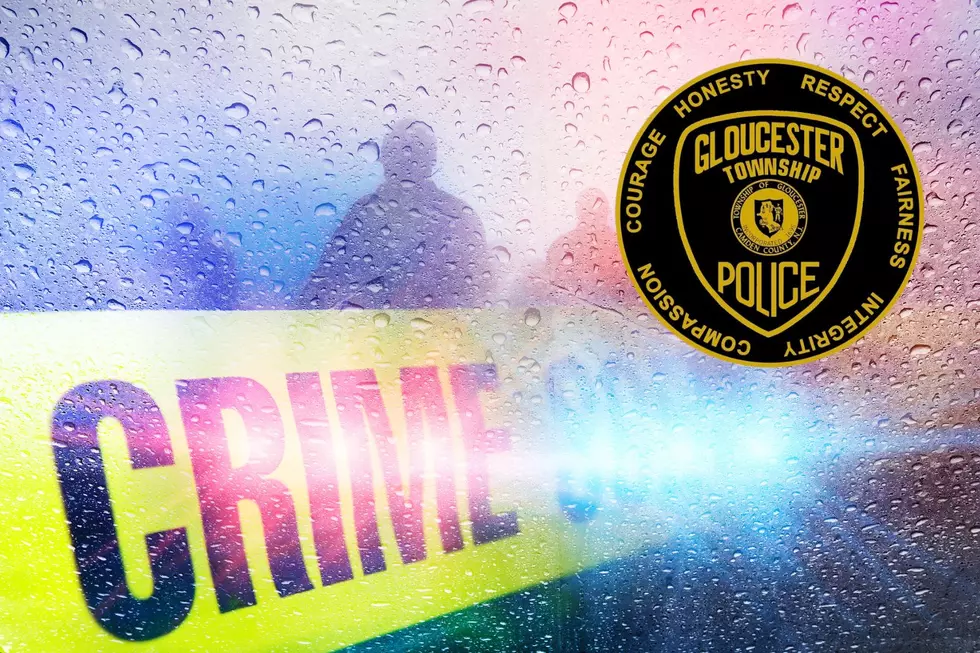
NJ mammography bus hopes to address breast cancer inequalities
🔴One Newark hospital has launched a mobile mammography bus
🔴The hope is to address stark inequalities in breast cancer outcomes
🔴Women with or without insurance are welcome to get screened
NEWARK — One Essex County hospital is doing its part to help address the high rates of breast cancer, especially among black women.
On March 7, Newark’s University Hospital launched a new mobile mammography program, called Mammography in Motion to address the stark inequalities in breast and cervical cancer outcomes in the community.
Stark Statistics
Essex County has one of the highest rates of late-stage breast cancer diagnoses in the state, as well as one of New Jersey’s highest incidence rates for cervical cancer, according to Dr. Susan Pories, Chief of Breast Surgery at University Hospital and Professor of Surgery at Rutgers University School of Medicine.
This seems to be more of an issue for black women, she said. Newark is half-black, and it is known from national and worldwide statistics, East African women have susceptibility to more aggressive breast cancers than other populations.
“A lot of times they develop these cancers at a younger age and they are not getting diagnosed in a timely fashion. So, by the time they come in, it’s much more difficult to treat,” Pories said.
While breast cancer incidence rates are similar between black and white women, the difference in the mortality rate is stark. Black women have a 40% higher mortality rate than white women. University Hospital serves a community that is 72% non-white, highlighting the critical importance of increased preventive screenings for breast and cervical cancers.
The Mammo Van
To help reverse these trends, University Hospital has started delivering critical screenings, bilingual care teams, and critical resources to vulnerable women in the Newark community at no or low cost, Pories said.
The hospital’s original mobile mammography unit was launched in 2008. It operated on a part-time basis until the COVID-19 pandemic hit, and screened over 18,000 women in the community. Of the 220 breast cancer cases detected through the original program, 137 of 67% were already at invasive stages, according to a University Hospital report.
But the new $1.2 million van funded by the Connie Dwyer Breast Cancer Foundation ($500,000 initial investment) and the Healthcare Foundation of New Jersey ($400,000 grant), will operate on a full-time basis with a plan to serve 4,000 women in the first year, Pories said.
The van is outfitted with state-of-the-art equipment such as a private exam room, and a 3-D tomographic mammogram which is transmitted electronically to the radiologist at University Hospital, who will read those exams, she explained.
Bilingual clinicians and navigators will also be on board the bus. The navigators will connect new patients with additional hospital services and help coordinate billing and insurance questions.
“From time to time, there will be an opportunity for women to get pap smears done on the bus, and we also hope to add ultrasound capability for breast ultrasounds in the future, as well,” Pories said.
The van will go out four days a week to various spots around Newark and Essex County, all day long to give women with different schedules a chance to make an appointment and get checked out.
“The hope is that over time we can expand the number of days per week and the number of women being screened,” Pories said.
Women can set up appointments by calling 973-972-7327.
Why the need for the mobile mammo van?
Many women say they don’t have time to physically go to a hospital or a clinic to get a screening, whether it’s their work schedules, childcare challenges, or lack of reliable transportation. For others, it’s because they don’t have medical insurance and can’t afford a mammogram, and then of course some are afraid of what the doctor may find.
The new mobile mammography unit will hopefully take away the obstacles that keep women from seeking life-saving mammograms by coming to them, available several days a week, and during hours that will hopefully fall in line with a woman’s schedule.
As far as the lack of insurance, Pories said there is always a way to help. Nobody is ever turned away, with or without insurance.
Yes, it can be scary if a doctor finds something on the mammogram but putting your head in the sand is never the answer, Pories said.
While late-stage diagnosis carries just a 24% survival rate, early or localized-stage breast cancer is treatable 99% of the time.
University Hospital works with the NJSAVE program, supported by the state that provides free cervical cancer screening. Pories said the hope is to team up with them for a few days of each month so they can go out with the mammography van and do cervical screenings, too.
The Takeaway
It’s about trying to eliminate the racial disparities in care, Pories said. Although white women do get breast cancer more frequently, black women have a higher mortality rate. They get more aggressive breast cancers.
“So, we really want to make an effort to reach out to the Nigerian population, the Ghanian population, and the whole African-American population and educate them on how important it is to come in early, get your mammograms and anything you need, will be provided free of charge if you don’t have the insurance,” Pories said.
Report a correction 👈 | 👉 Contact our newsroom
Here's how NJ prices have changed: Now, 10, 20 years ago
Gallery Credit: Erin Vogt



